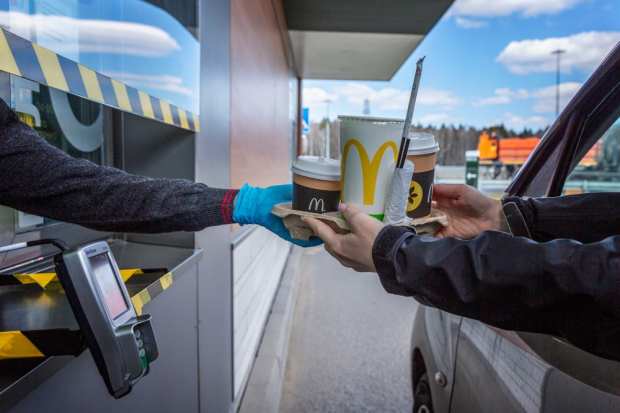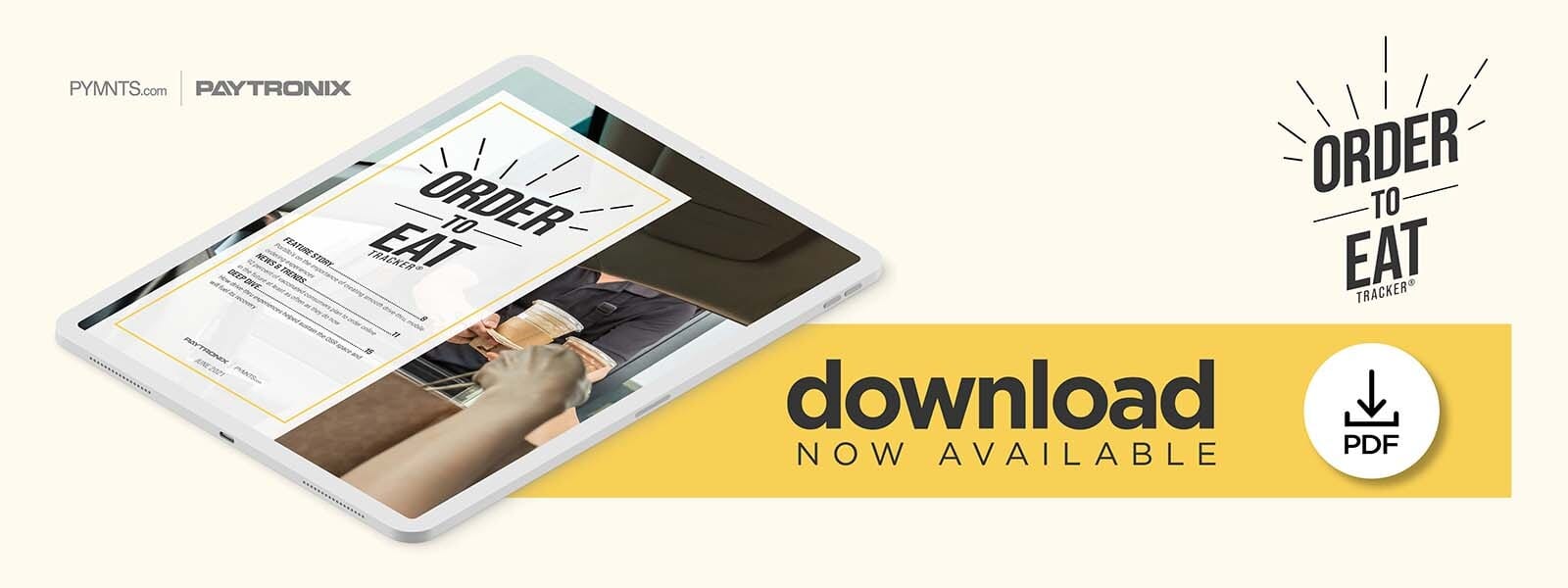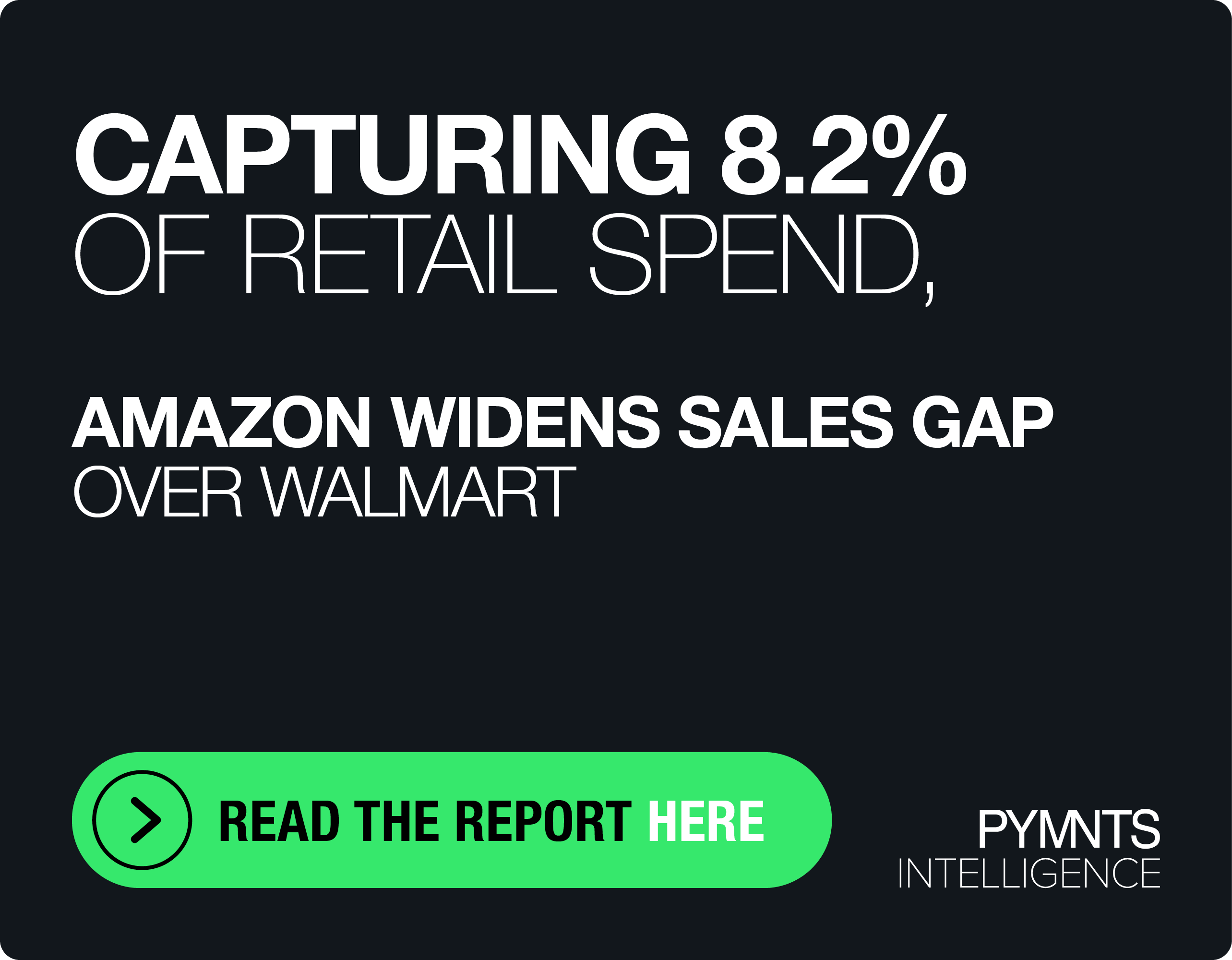Deep Dive: How Drive-Thrus Became The Lifeline Of The QSR Space

Drive-thrus were the restaurant industry’s saving grace in 2020 as many dining establishments struggled to stay afloat, providing consumers with a safe and easy way to collect food orders. Nearly three-quarters of U.S. consumers have used a drive-thru since the start of the pandemic, according to one survey, a 43 percent rise since April 2020. Another survey reported that 90 percent of customers prefer curbside pickup over going inside a restaurant location to get their orders. Accommodating vehicles with curbside and drive-thru features has therefore been key to business growth for restaurants.
Adam Chandler, author of the 2019 book “Drive-Thru Dreams: A Journey Through the Heart of America’s Fast-Food Kingdom,” said car culture has easily melded with the fast food sector, lending a sense of nostalgia to fast food pickup rituals. The pandemic is guiding the latest chapter in Americans’ love affair with fast food in providing a comeback for the drive-thru, with companies meeting the demand for drive-thru lanes and more space for cars while also converting parking lot space for outdoor dining. Fast food chain Burger King unveiled plans to put drive-thru at center stage as sales skyrocketed last year, introducing a new design concept called “The Restaurant of Tomorrow.”
Such revisions to business operations matter. The average U.S. consumer will spend more than $1,200 on drive-thru food every year, according to reports, and drive-thru trips increased 26 percent in Q2 2020, representing 42 percent of all eatery visits. Drive-thru visits also rose by 13 percent last July when restaurants began reopening. That represented the highest rate of all the service models, including dine-in, carryout and delivery. Given customers’ priorities of convenience and safety, some national chains reported sales swelling by as much as 70 percent.
Drive-thrus have become lifelines not only for eateries but also for consumers who have sought to maintain a sense of normalcy in their eating habits and buying behaviors. This Deep Dive examines how drive-thrus, mobile ordering and other contactless features have helped sustain the quick-service restaurant (QSR) space and how businesses can leverage these options moving forward.
The Drive-Thru Resurgence
The winter of 2019 saw the future of drive-thru facing challenges as municipalities reconsidered what healthy communities look like. By the end of that year, new drive-thru construction was banned in Minneapolis; Fair Haven, New Jersey; Creve Coeur, Missouri; and Orchard Park, New York. Twenty-seven other communities in Canada banned drive-thru construction. But once the pandemic was declared in March 2020, independent restaurants adopted safety protocols, dine-in service dropped off and pickup and home delivery quickly exploded.
Fast casual executives who once looked down upon fast food service models such as drive-thru, insisting that their establishments were not fast food, are now embracing these models. Chipotle, Panera Bread, Corner Bakery and Pie Five Pizza are just some examples of brands that have invested in drive-thrus. Shake Shack said during its Q1 earnings call in April 2020 that it was considering transform existing locations to off-premises-friendly operations with walk-up windows and drive-up capabilities. CEO Randy Garutti told analysts three months later that the chain’s first drive-thru location would open in 2021.
Michelle Bythewood, president of fast casual Salata, declared that drive-thru is the key to future expansion. The Houston, Texas-based brand has a new mobile app designed for order-ahead and drive-thru pickup at a handful of its 90 locations so far.
Streamlining The Drive-Thru Experience
Convenience is king when it comes to food orders: Diners surprisingly have little patience for carryout or in-store pickup, with 67 percent of consumers saying in one survey that a wait of six minutes or more is too long for in-store pickup. Thirty-eight percent of respondents said drive-thrus were the safest way of engaging, followed by curbside pick-up at 21 percent and in-store pickup at 9 percent.
McDonald’s spent hundreds of millions of dollars in the last year on speeding customers through its drive-thrus and creating incentives for them to spend more. The chain installed digital menu boards that encourage diners to place bigger, more expensive orders. It also tested lanes with cameras that recognize loyal customers by their license plate numbers, enabling the digital menus to make suggestions based on previous orders.
The Golden Arches is not alone in reimagining its drive-thru experiences. Taco Bell filled mostly small orders in the past. But customers are now purchasing larger meals, enough for leftovers in the refrigerator, according to Mike Grams, Taco Bell’s chief operating officer. The company moved its drive-thru staff from pickup windows to the vacant dine-in area to accommodate this change in ordering habits, creating space for cooks to assemble larger, more complicated orders. Taco Bell’s new restaurant concept, Taco Bell Go Mobile, offers what it calls a completely synchronized digital experience that consists of multiple drive-thru lanes, curbside pickup and bellhops who take orders on tablets.
One of the biggest trends is the rise of dedicated lanes for mobile pickup orders, according to Lisa van Kesteren, CEO of market research SeeLevel HX. Unlike traditional drive-thru lanes, where the order is placed on-site, these lanes serve orders coming through a QSR’s digital channels and help reduce wait times. Mexican fast casual chain Chipotle has about 100 of these mobile pickup lanes open and expects to include them at more than 60 percent of its new restaurants.
Efficient drive-thru lanes and expanded drive-thru capabilities could be just what the restaurant sector needs to help pull it out of a difficult year and propel sales through 2021. Consumers’ expectations for speedy service, convenience and ease are only growing more intense, and QSRs that meet this demand will be in the best position to succeed.

